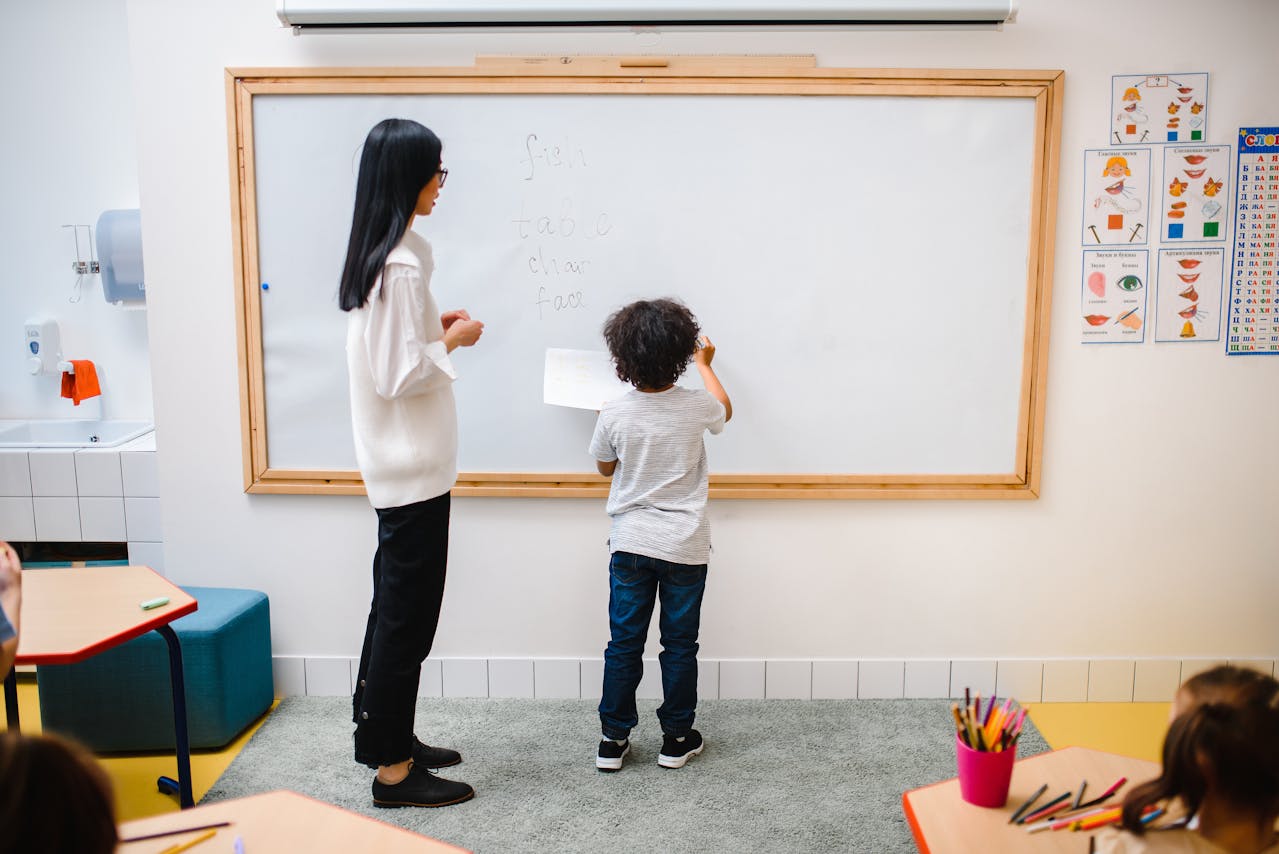
Special educators play a vital role in supporting students with disabilities, yet they’re becoming increasingly difficult to find, hire, and keep. With fewer individuals entering the field, the demand for special educators continues to grow. Unfortunately, many are leaving the profession at higher rates than other teachers and advising their peers to avoid special education. For too many, the first few years are overwhelming, often filled with stress and frustration. However, this challenging start doesn’t have to be the norm.
As you begin your journey in the classroom, you’ll soon find yourself immersed in a wealth of new information about your students, school, and community. To help ease the transition, here are a few tips for managing your first experience as a special education teacher.
1. Familiarize Yourself with Your Students’ IEPs
The Individualized Education Program (IEP) is essential for understanding how to best support each student. Start by noting important meeting dates and deadlines, and add them to your calendar. Then, read each IEP thoroughly, paying attention to key details like learning accommodations, behavioural concerns, and specific goals. Finally, keep your IEPs organized and easily accessible—whether digitally or in physical form—so you can refer to them when needed.
2. Build Strong Teacher-Student Relationships
Research shows that teachers have the greatest impact on student achievement. To foster an environment where students with Special Education Needs and Disabilities (SEND) feel safe and supported, focus on creating a classroom culture of inclusivity, positivity, and engagement. Take the time to learn about your students on a personal level: their families, hobbies, interests, and how they spend time with friends. Share a little about yourself as well—whether it’s about your pet or a fun summer adventure. Laughter and smiles are great indicators that you’re building a meaningful connection.
3. Engage with Your Students’ Families
Consistent, open communication with families is key, especially when you need to have challenging conversations later in the year. Reach out early to introduce yourself and establish a partnership. By showing that you’re on the same team, working towards the shared goal of supporting the student’s success, you build trust and a strong foundation for collaboration.
4. Build Your Teacher Support Network and Make Use of It

If you don’t have a formal mentor, seek out someone experienced at the school who can guide you in a mentorship role. Identify key people you’ll be working with closely, such as other special education teachers, aides, paraprofessionals, speech pathologists, occupational therapists, and school counsellors. Get to know the best ways to contact them during the day, and don’t hesitate to ask questions. They’re your teammates and resources, ready to help you navigate challenges.
5. Create a Consistent Schedule

For many students, especially those in special education, a structured routine is beneficial. Try to establish a daily schedule that you can consistently follow. While students will interact with specialists at different times, having a predictable rhythm for the class helps ease transitions and minimizes disruptions, allowing the day to flow smoothly.
6. Plan Ahead—but Stay Flexible
It may sound contradictory, but this is one of the best pieces of advice for any teacher. Knowing your lesson content and being prepared with materials is crucial, but teaching often requires flexibility. Students may not always be engaged, may act out, or something unexpected might arise. And that’s perfectly okay. Always have a couple of backup activities or strategies ready to go in case you need to shift gears. Flexibility is key to adapting and maintaining a productive learning environment.
7. Get to Know Your Classroom
You’ll be spending a lot of time in your classroom, so it’s important to get familiar with the space. If you have your classroom, decorate it in a way that’s welcoming, inspiring, and supportive for your students. If you share the space, talk to your co-teacher(s) to find out how you can contribute. Make sure you know where everyday essentials like scrap paper, markers, and Band-Aids are kept. While it may seem minor now, knowing where the first aid kit is becomes crucial in moments like a child accidentally cutting themselves with scissors.
8. Prioritize Your Well-Being
A common pitfall for first-year teachers is overworking. Whether it’s staying up late to prepare lessons, skipping personal activities like yoga to attend meetings, or being available around the clock by email, eventually it will catch up with you. Remember the advice flight attendants give: put your oxygen mask on first before helping others. You can’t be the best teacher if you’re not taking care of yourself. Find joy in your work, but also set boundaries and make time for your personal life.
Final Thoughts
The most rewarding part of teaching is the opportunity to work with students who are smart, creative, and full of personality. Your students will bring laughter, and yes, some frustration too. They’ll hit important milestones, and they’ll also face challenges. Being part of their journey is a true privilege. When you get overwhelmed by paperwork, deadlines, and daily stress, take a moment to step back and remember the bigger picture. The work you’re doing is important, and you should be proud of the difference you’re making.





Leave a Reply